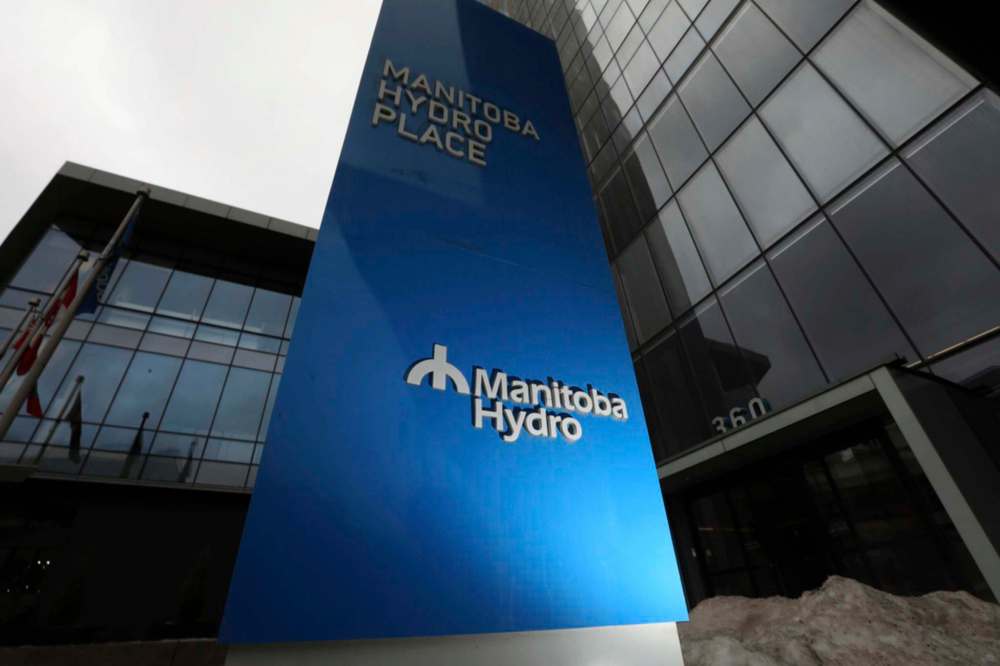Even under heavy debt burden, Manitoba has flexibility
Read this article for free:
or
Already have an account? Log in here »
To continue reading, please subscribe:
Monthly Digital Subscription
$1 per week for 24 weeks*
- Enjoy unlimited reading on winnipegfreepress.com
- Read the E-Edition, our digital replica newspaper
- Access News Break, our award-winning app
- Play interactive puzzles
*Billed as $4 plus GST every four weeks. Offer only available to new and qualified returning subscribers. Cancel any time.
Read unlimited articles for free today:
or
Already have an account? Log in here »
Hey there, time traveller!
This article was published 21/05/2020 (1716 days ago), so information in it may no longer be current.
The Manitoba government has the highest debt burden of any province in Canada, Premier Brian Pallister says. It’s a claim he’s been making for months, even before the economic fallout from the coronavirus pandemic.
On Wednesday, the premier had some credible evidence to support his assertion: a direct quote from a recent S&P Global Ratings report on Manitoba’s creditworthiness.
“The primary constraint on Manitoba’s credit profile continues to be its debt burden, which remains the highest of any Canadian province,” Pallister accurately quoted from the report.
S&P Global Ratings estimates the province will borrow $3.5 billion more this year than it projected prior to the COVID-19 outbreak (less than the province’s $5-billion estimate).
Pallister repeatedly cites the debt ranking to remind Manitobans of the fiscal mess the previous NDP government left behind. He also uses it as a warning of the dangers that lurk if the province doesn’t temper its borrowing during the economic crisis brought on by the pandemic.
By stating Manitoba has the highest debt of any province, it provides the premier with cover to defend his recent austerity measures (such as cuts to government-funded agencies and the public service).

What the premier doesn’t say, however, is the S&P Global Ratings assessment includes Manitoba Hydro’s debt.
Most conventional measurements of provincial debt do not include Hydro, because the Crown corporation is responsible for its own liabilities. While the province guarantees Hydro’s debt, it is repayable by ratepayers, not by taxpayers.
Even the Manitoba provincial government excludes Hydro when calculating its net summary debt, as it provides a more accurate assessment and allows for an apples-to-apples comparison with other provinces.
Take Hydro’s debt out of the equation and Manitoba’s debt burden is around middle-of-the-pack.
A recent RBC Economics report on the impact of the pandemic on provincial governments ranks Manitoba fifth among the regions in net debt as a percentage of GDP (excluding Hydro), as of March 2020.

That’s not to say Hydro’s debt is not an important factor when assessing the province’s overall debt burden.
S&P Global Ratings is one of three major bond rating agencies that determine Manitoba’s credit rating. If it considers Hydro’s debt an important factor, the government would be foolish to ignore it. A credit rating downgrade would increase borrowing costs.
In the same report, however, S&P Global Rating also predicted Hydro’s borrowing requirements will fall significantly in the coming years, and found the Crown corporation is in a strong position to repay its debt.
“We believe that MHEB (Manitoba Hydro-Electric Board) as a regulated, vertically integrated utility with an effective monopoly position, has the capacity and demonstrated willingness to repay its debt obligations as they become due,” the report says.
The bond-rating agency also pointed out while provincial debt is expected to rise substantially this year, Manitoba will also benefit from lower borrowing costs, in large part because of the Bank of Canada’s recent $50-billion provincial bond purchasing plan.
S&P Global Rating did revise its outlook for Manitoba from “positive” to “stable.” It also affirmed the province’s long-term credit rating of A+, while finding Manitoba is in a good position to meet its debt obligations.
S&P Global Ratings expects the province to help boost the local economy through “significant additional support to individuals and businesses, especially those not benefiting from federal programs.”
Even though Pallister has largely preached fiscal austerity during the pandemic, S&P Global Ratings expects the province to help boost the local economy through “significant additional support to individuals and businesses, especially those not benefiting from federal programs.”
Pallister didn’t quote that part of the report.
Manitoba may have a heavy debt burden, but it has the flexibility to provide the kind of fiscal support required to mitigate the impact of the worst economic downturn in decades.
Failure to do so could worsen the province’s debt load in the long run, if government inaction and unnecessary funding cuts prolong Manitoba’s economic recovery.
tom.brodbeck@freepress.mb.ca

Tom Brodbeck
Columnist
Tom has been covering Manitoba politics since the early 1990s and joined the Winnipeg Free Press news team in 2019.
Our newsroom depends on a growing audience of readers to power our journalism. If you are not a paid reader, please consider becoming a subscriber.
Our newsroom depends on its audience of readers to power our journalism. Thank you for your support.







